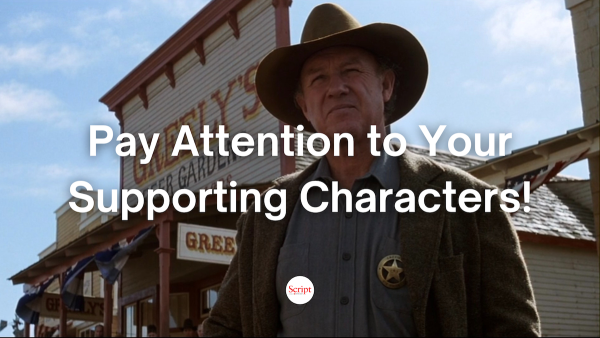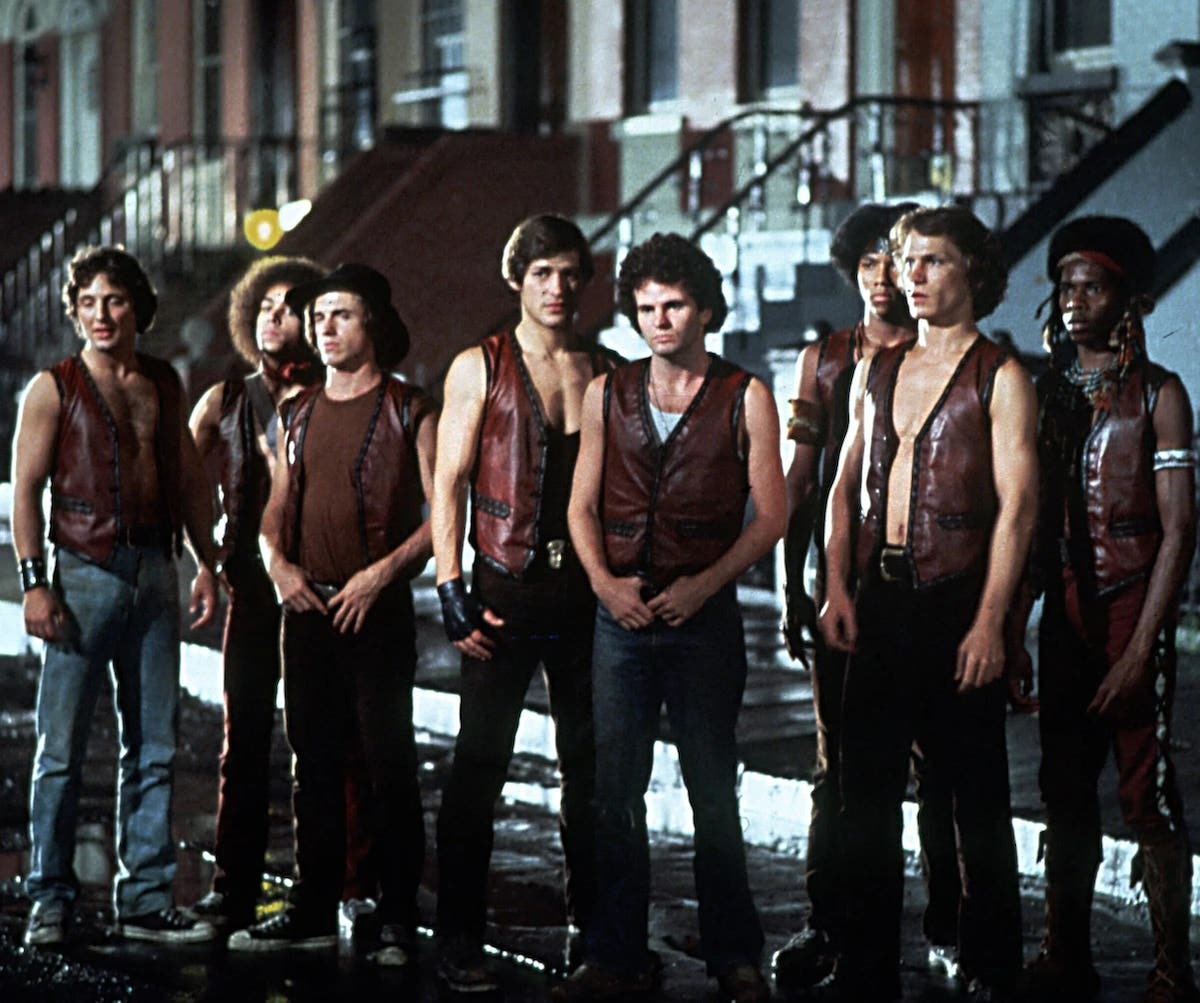Column D: Likeable Characters – Call the Pound
Over the years, I’ve heard a lot of advice about making your hero “likeable.” A corollary of this is the old chestnut about getting the audience to “root for” your…
Over the years, I’ve heard a lot of advice about making your hero “likeable.” A corollary of this is the old chestnut about getting the audience to “root for” your main character.
This all has its origins in old Hollywood. The legend has it that a writer was frustrated writing a script featuring a protagonist who the writer was afraid the audience might detest. After expressing his fear to the old-time movie executive, he was told to have him “pet the dog.” When asked to explain, the exec said that “everybody loves dogs.” If your hero goes out of his way to “pet the dog,” the audience will automatically like him.
This advice has lived on over the years, but it’s the “like” aspect that I think has skewed the meaning behind the executive’s suggestion. More specifically, I think that old-time exec's advice was taken too literally. I don’t think the writer wanted the audience to “like” the hero as much as he wanted them to “not dislike” him.
I think this fear arises whenever the story begins with a protagonist who has a background or temperament that people might find objectionable. The concern in those circumstances is that the audience either won’t watch the film or, if they do, won't like it because they don’t want to “root for” a bad guy.
This is a legitimate concern in some instances. Certainly, in The Godfather there was fear at the studio at the time it was made that the audience might not be able to “root for” Michael Corleone, seeing as he is a cold-blooded killer and, throughout the second half of the film, lies to his wife about who and what he is. Of course, we all know how that turned out. The Godfather is one of the AFI’s top ranked films of all time.
So how could that be? My theory is that audiences don’t necessarily have to “like” the main character as much as they need to find something about them with which they can empathize. Certainly that was the case with Michael Corleone. They might not have liked that he was a mobster and a killer and a liar. However, they could “root” for him because he did what he did for a reason they could relate to: he was defending his family. We all love someone who’s loyal to their family.
Take another seemingly “unlovable” main character (coincidentally played by the same actor): Tony Montana in Scarface. On the "likeability" scale, he’s even worse than Michael Corleone. Once again, the audience had no problem going to see that film or liking it. Why? I maintain that it’s because Tony Montana did what he did for a reason they could understand and empathize with – he was pursuing the American dream.
Now this doesn’t mean that you don’t ever want to “pet the dog” to help strengthen the audience’s connection to your hero. In 25h Hour, David Benioff had a drug dealer as main character. Traditionally, drug dealers don’t make for ideal movie heroes. But that was the whole point of the story. So what did Spike Lee and Benioff do at the beginning of the film to help us relate? They did the extreme version of “pet the dog” and had Edward Norton’s Monty stop his car on a bridge to rescue a mutt that had been hit by a car and left to die. Monty brought him home, nursed him back to health and adopted him. It worked like a charm.
In Rocky, Sylvester Stallone had the challenge of a main character who was a lazy club fighter and sometime leg-breaker at the start of his story. So what did he do to make us “root for” the Rock? For starters, he had him go to Adrian’s pet shop and literally pet the dog. Even better, later in the first act, he had Rocky try to help out a local young girl from being taken advantage of by the neighborhood toughs. Rocky walks her home and gives her some fractured advice about life on the street, only to be told “screw you, Rock” when they get to her door. Beautifully done. We immediately sympathize with and like Rocky at that moment.
It’s entirely up to you and your story to determine whether you need a "pet the dog" moment. If you have a story with a main character who may be likeability-challenged, you might want to call the pound. However, you don’t need to be as obvious as that old Hollywood exec suggested. Simply find a way to make your hero someone we can relate to and empathize with.
Related Articles:
- More Column D articles by Drew Yanno
- How Can Acting Help Your Writing?
- Is Your Screenplay Written for a Star?
Tools to Help:
- Attract A-List Talent: Writing For The Top Actors in the Industry!
- Creating Unforgettable Characters
- Creating Dynamic Characters On Demand Webinar
- Breathing Life Into Your Characters
Learn How to Create Dynamic Characters Actors Want to Play With This FREE Webinar Today!
Drew Yanno began writing for film in 1993 and has been a member of the WGA since 1995 when he sold his script No Safe Haven to Universal Studios after a six hour bidding war. In 2000, Drew founded the screenwriting program in the Film Studies department at Boston College where he taught for eleven years. He is the author of The Third Act: Writing a Great Ending to Your Screenplay. His second book Idea to Story to Screenplay: a Workbook For Writing the First Draft of Your Screenplay is now available as a Kindle e-book on Amazon. Drew’s first novel In the Matter of Michael Vogel was released in March 2013 and was named one of the best Kindle Books of 2013 by Digital Book Today. In addition to writing and teaching, Drew also worked as a script consultant and served as an adviser to actor and producer Will Smith on a number of projects. Prior to becoming a screenwriter and screenwriting professor, Drew was a practicing attorney and taught law in the Carroll School of Management at Boston College. Follow Drew on Twitter @drewyanno.





